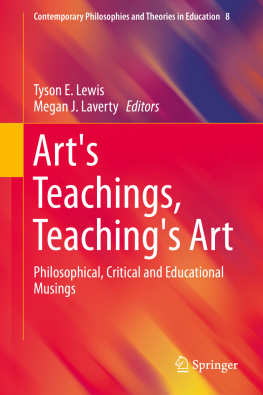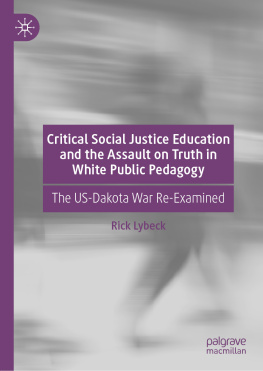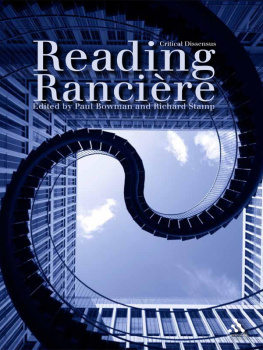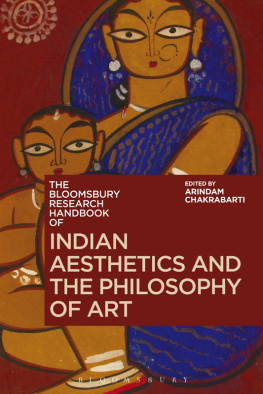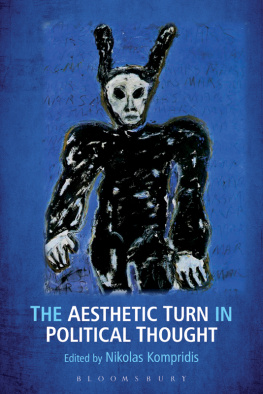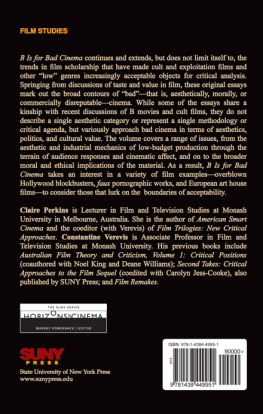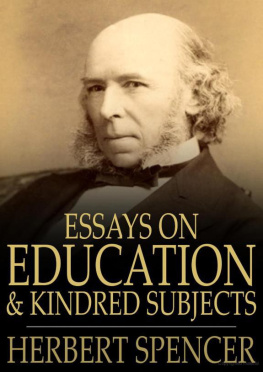1. Introduction: Redistributing the Artistic and Pedagogical Sensible
1.1 Dire Straits: The Crisis in the Arts and Teaching
In June of 2011, the Center for Arts Education in New York City released a rather shocking document titled Accelerating Arts Education Funding Cuts and Loss of Arts Teachers Paint Grim Picture for City Schools (Kessler ). Even before the financial recession of 2008, arts education has seen declining investments into arts education services and supplies, with only a 7 % increase since 2006 in certified arts teachers. But this increase in arts personnel is somewhat deceiving because only 16 % of high schools in NYC have certified arts instructors on staff. The arts are, as the report indicates, disappearing from schoolseven those schools in the very heart of one of the cultural capitals of the world.
The extinction of arts programs is not isolated to NYC alone. The lack of support for the arts in education is a national issue. With pressure to make Adequate Yearly Progress (AYP) under high-stakes testing regimes, schools are focusing more and more on math, English, and science at the exclusion of the arts, which have been re-cast as an expendable luxury. While the NCLB Act of 2001 did acknowledge the arts as a core academic subject, the arts were quickly eclipsed by the push towards quantifiable improvements on standardized tests. The high-stakes nature of testing has most negatively affected low-income, inner city schools servicing minority populations. One study recently reported the greatest erosion of the curriculum is occurring in schools with high minority populations, the very populations whose access to such curriculum has been historically most limited (Holcomb , p. 34). The result is a stark reality: there is a growing artistic apartheid where certain children are being aesthetically left behind.
In the face of the withering of arts-based programs or their replacement by design programs, there have been many attempts to re-frame arts in accordance with the very standards that have put them at risk of becoming extinct. In 2004, a report commissioned by the Arts Education Partnership and the National Assembly of State Art Agencies titled Critical Evidence (Ruppert ) by the Arts Education Partnership argues that the arts are central to promoting American economic competitiveness. The arts are sold as strategic support for bolster[ing] skills demanded of the twenty-first century workforce by encouraging creativity, problem-solving, collaboration and communication, and increased capacities for leadership. The Partnership for twenty-first Century Skills also provides a map that connects the arts to the knowledge economy. Their policy statement argues that business leaders and visionary thinkers concerned about preparation of students for the future know that the ability to be creativea twenty-first century skillis native to the arts and is one of the primary processes learned through the arts (2010, p. 2). Arts can promote healthy work habits including flexibility, adaptability, and self-directing entrepreneurship, thus becoming a useful facet of our information/life-style economy. While some might remain supporters of STEAM (Science, Technology, Engineering, Art, and Math), such visions come dangerously close to reducing the arts to a mere use-value enhancing science and engineering outputs through creative and metaphoric thinking. To survive, the arts in schools have had to adopt the very languages and standards of markets that overpower them.
It is our contention that philosophy of the arts and of the aesthetic experience can help reclaim the radical potentiality of the arts that are missed when the arts become threatened with either (a) literal extinction or (b) mere strategic survivalism. Choices between bad and worse undermine what the arts have to offer: the different kinds of educational questions the arts ask of ourselves and our bodies outside of questions of utility and efficiency; the particular politics of artistic gestures that suspend set relations between identity, role, and function; the democratic potentials of sensorial interruptions and redistributions beyond hierarchies and economic, social, and political divisions; and the radical possibilities of collective production to break with the factory model. This is not to reduce arts to mere instrumental means to ends outside of themselves, but rather to remind us that when the arts speak, they teach lessons that perhaps cannot be learned anywhere else and cannot necessarily be efficiently mainstreamed by the mechanisms of the knowledge economy.
While not often included in discussions concerning the fate of the arts in education, standardization coupled with recession era budget cuts have also leveled damaging blows to the artistic nature of teaching. The result has been the increasing dominance of attempts to create teacher proof curricular materials based on scientific and evidence based research. Beginning with A Nation at Risk Report (National Commission on Excellence in Education ). The teacher-proof curriculum dictates the goals, content, and methods of instruction so that any teacher, abstracted from his or her particular life circumstances as well as specific teaching contexts, will be able to teach the exact same materials without deviation.
Critics of the prepackaged curriculum emphasize how teachers work is being increasingly narrowed and simplified so as to be easily measured, managed, and standardized (McNeil , p. 82) task in a larger assembly line where conceptualization is distinctly separate from execution. Given such dire circumstances, what is at stake is not so much de-skilling or re-skilling so much as s- killing teachers.
While highlighting the potential causes as well as the significant losses of these changes in teaching, what we would like to emphasize is how this shift towards vocationalization or professionalization has a tendency to eclipse the aesthetic dimensions of teaching as a craft (see also Hickman ). In this sense, the question of the aesthetics of teaching is integrally connected to and tied up with the question of the politics of teaching within and against forms of instrumental skill reduction.
The two situations which we have outlined are, in themselves, well documented. Instead of adding to the vast literature concerning the various crises in arts education or teaching, we hope that combining two narratives, which are often held apart, reveals something new that, if they were kept separate, would not necessarily appear. In both cases, the aesthetic possibilities of perceptual (re)disruption, imaginative transcendence, and poetic experience are increasingly marginalized if not completely censored in favor of technocratic efficiency and economic viability. Cast in a more political light, perhaps it is not merely that the arts are useless or that teachers are too unreliable to manage their own classrooms but rather that the teachings of the arts and the arts of teaching are politically and ethically too disruptive to leave unaccounted for by managerial systems obsessed with maintaining a particular order of control. If Plato once censored the arts because of their potentially disruptive effects on the impressionable souls of the citizens of the republic, then perhaps we are still living in the shadow of this most primordial gesturea gesture which has returned with a vengeance in the shape of administrative advances within neoliberal and biopolitical networks of surveillance. While the particular configuration of the pressures exerted on the arts, art education, and the arts of teaching might very well be different in different countries, we would argue that what we are witnessing in the United States is a global tendency, and thus symptomatic of economic forces which are affecting (to some degree and with local particularities) certain common conditions underlying teaching, art, and politics.

